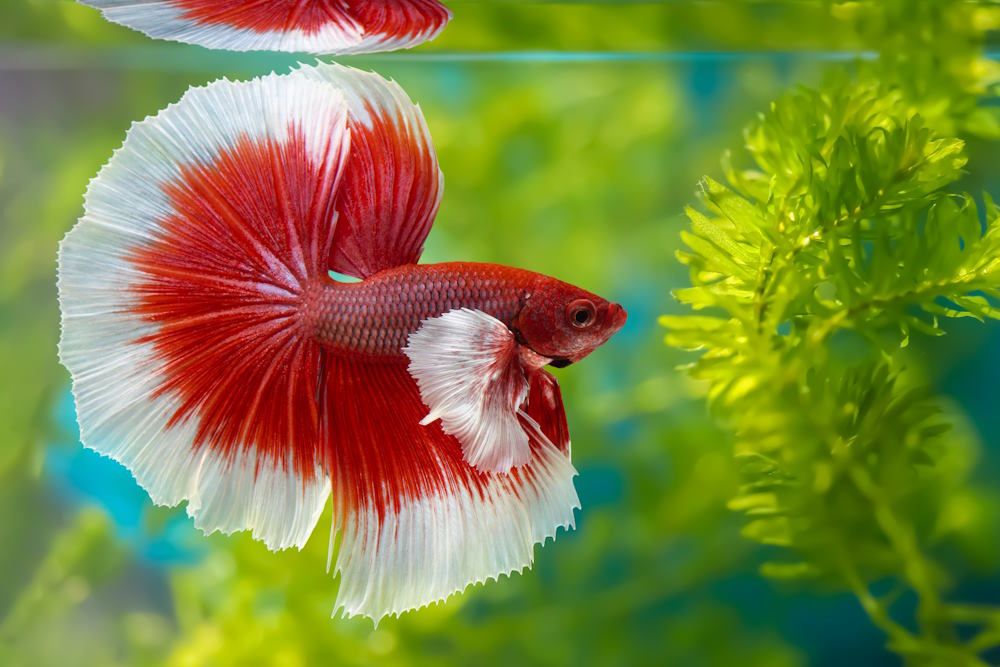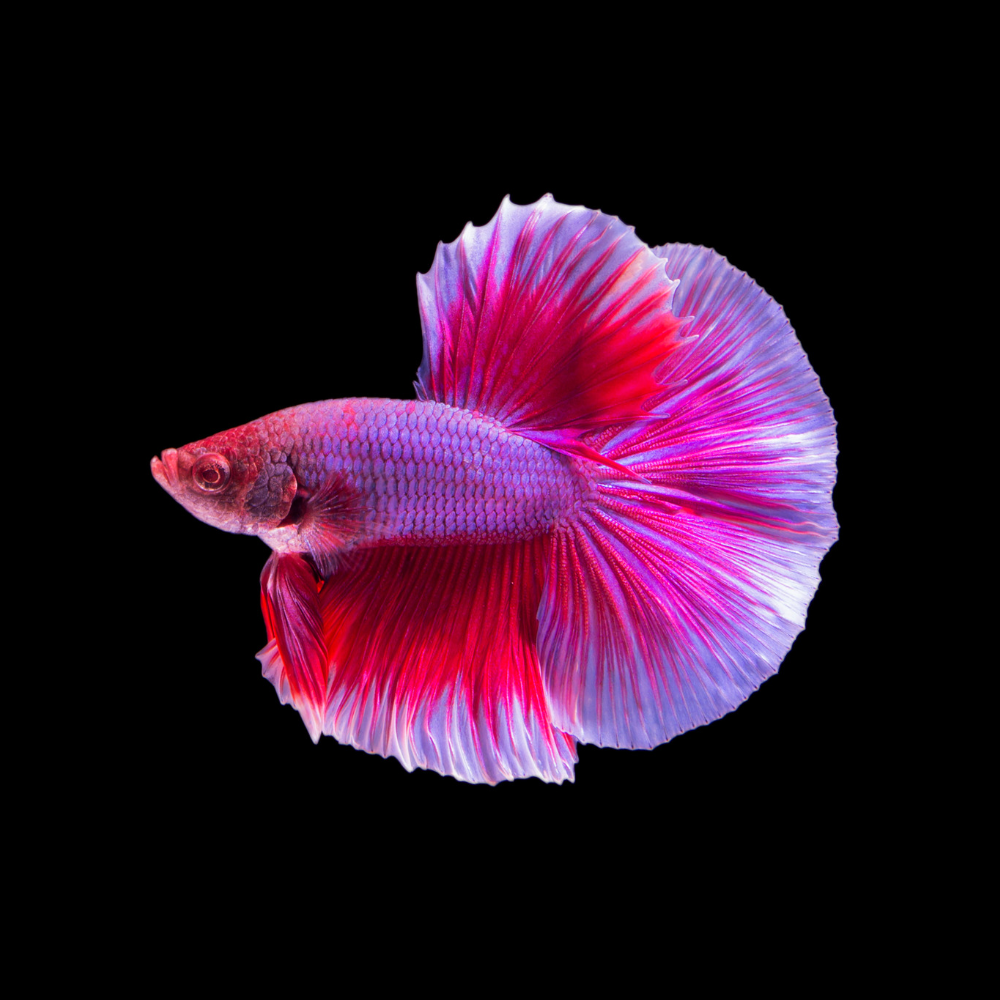The Ultimate Betta Fish Care Overview for New Animal Owners
The Ultimate Betta Fish Care Overview for New Animal Owners
Blog Article
How to Reproduce Betta Fish Effectively: Professional Techniques and Insights for Hobbyists Wanting To Expand Their Betta Collection
Breeding Betta fish needs a nuanced understanding of genes and ecological conditions, making it necessary for enthusiasts to approach the process with both persistance and treatment. Creating an optimum breeding environment, selecting the ideal sets, and observing the intricacies of their courtship habits are fundamental steps that can significantly influence the result.
Recognizing Betta Fish Genes
Understanding the genes of Betta fish is critical for effective breeding, as it affects characteristics such as color, fin form, and habits. Betta fish display a varied variety of colors and patterns, mostly established by their hereditary make-up. The key genes in charge of pigmentation consist of the "B" genetics for blue, "D" gene for red, and the "C" gene for shade intensity. Breeders can adjust these attributes by picking particular moms and dad fish that show desired qualities.
In addition to coloration, fin morphology is one more significant element of Betta genes (betta fish). The form and dimension of fins are affected by different genetics, consisting of those that figure out whether the fins are brief, long, or veil-shaped. Recognizing these hereditary variations helps breeders forecast the phenotypic results of their children
Additionally, behavior characteristics such as aggressiveness and territoriality can likewise be influenced by genetics. These behaviors play a crucial role in the reproducing process, as they can impact generating success and the total temperament of the resulting fry. By comprehensively comprehending these genetic principles, dog breeders can make informed choices, ultimately enhancing their reproduction programs and achieving preferable outcomes.
Preparing the Reproduction Atmosphere
Producing an optimum reproduction setting is essential for the successful reproduction of Betta fish. The initial step in preparing this atmosphere is to select an appropriate reproduction storage tank, preferably ranging from 5 to 10 gallons. This size enables adequate swimming space and the establishment of regions. The storage tank should be geared up with a heating system to preserve a steady temperature in between 78 ° F and 80 ° F, which is important for urging generating habits.
Following, consider making use of a sponge filter or an air stone to offer mild water flow without creating strong currents that can worry the fish. It is vital to mount plants or reproducing cones to provide concealing spots and advertise convenience for the female during the spawning procedure. Floating plants, such as Java moss or water sprite, can additionally produce a more natural environment while promoting bubble nest building by the man.
Before introducing the reproducing pairs, make certain the water is conditioned and complimentary from dangerous chemicals, such as chlorine or hefty steels. betta fish. Routine water modifications must be performed to maintain optimal water high quality, boosting the opportunities of effective reproduction. With these prep work in location, the reproducing atmosphere will sustain the health and this link wellness of both Betta fish
Selecting Breeding Pairs
Selecting the appropriate reproduction pairs is crucial for attaining successful Betta fish recreation. Healthy Betta fish display vibrant shades, clear eyes, and active habits.
Temperament is an additional crucial factor to consider, as Betta fish are known for their aggressive nature. It is advisable to pick a man and female that display suitable temperaments to lessen stress and anxiety during the breeding procedure. A tranquil male can encourage a smoother courtship, while a woman that is as well aggressive might disrupt the procedure.
Genetic background also plays a substantial function in the quality of the spawn. Breeding fish that are genetically varied can decrease the risk of hereditary health and wellness problems and boost the total vigor of the fry. It is helpful to investigate the family tree of both the male and woman, concentrating on preferable qualities such as fin kind, color scheme, and dimension.
The Breeding Refine
The breeding process of Betta fish hop over to here requires careful planning and focus to information to make sure a successful result. It is important to prepare a suitable reproduction container, preferably a 5-10 gallon aquarium with a temperature level maintained at 78-80 ° F. The tank should be equipped with a heating system, filter (ideally sponge kind to avoid strong currents), and lots of water plants for the lady to hide.
Once the setting is set, introduce the chosen breeding pair to the tank, permitting them to adjust. Observe their behavior; the man will present elaborate courtship routines, consisting of flaring his fins and developing a bubble nest. If the female shows rate of interest, she will display vertical red stripes indicating preparedness for spawning.
When the lady is responsive, the set will certainly engage in a breeding accept, throughout which the male feeds the eggs. It is essential to monitor their interactions very closely, as the male may become aggressive. After generating, remove the lady to protect against prospective harm. The male will tend to the eggs, which usually hatch out within 24-36 hours. Preserving optimum water conditions during this click for more info period is vital for the advancement of healthy Betta fry.
Taking Care Of Betta Fry

Feeding Betta fry is important, as they call for a diet regimen high in protein. They can be fed infusoria or liquid fry food, transitioning to finely crushed high-quality pellets as they expand. Feed little portions numerous times a day to motivate healthy development without overwhelming the storage tank with uneaten food.

As they mature, check their growth closely and divide any type of hostile individuals to stop harm. By giving a nurturing setting and proper nourishment, enthusiasts can successfully elevate Betta fry into lively, healthy fish, ultimately improving their reproduction ventures.
Verdict
Successful Betta fish breeding calls for thorough interest to genetic option, environmental conditions, and care for the fry. By understanding the genetics of Betta fish and preparing an appropriate reproduction atmosphere, enthusiasts can boost the opportunities of generating dynamic, healthy spawn. Picking suitable reproduction pairs and carefully monitoring the courtship and generating processes are important. Supplying optimum treatment for the fry ensures their healthy development, adding to a flourishing Betta collection.
Report this page